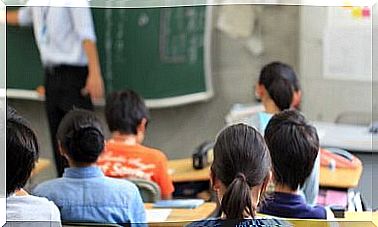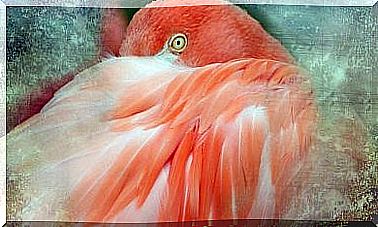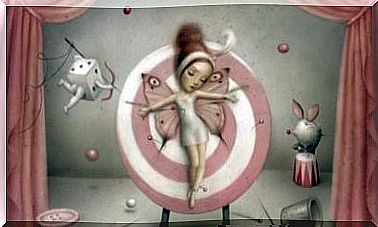Separation Anxiety: The Importance Of Attachment In The Health Of Children
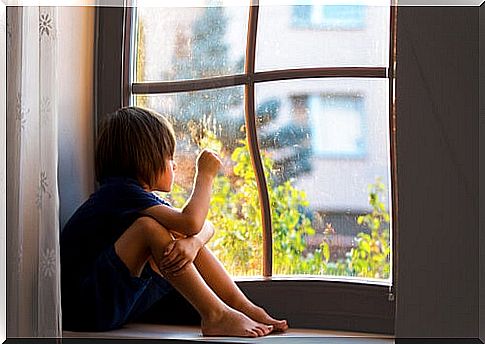
Separation anxiety is a state that our little ones can fall into and that has the power to considerably condition their daily lives. We are all aware of the problems that anxiety can cause in adults, right? Not only in our mental well-being, but also in the physical plane. Well, let’s not say in a child, that their ability to regulate emotions is much lower …
The reality is that, unfortunately, children can inhabit emotional states that make their childhood a sad period, when in them resides the potential for the opposite to happen. Thus, one of the certainties that children have to internalize is that the figures of reference do not abandon them when they leave.
What is separation anxiety?
Separation anxiety stems from the fear children feel about separating from parents or attachment figures. The reality is that it is normal for this emotion to appear in young children at an early age, however it is also normal for it to disappear after a short time: by dint of watching their parents leave and return, they end up normalizing the separation. They no longer suffer it as an abandonment, but as a temporary absence. So when does it become a problem?
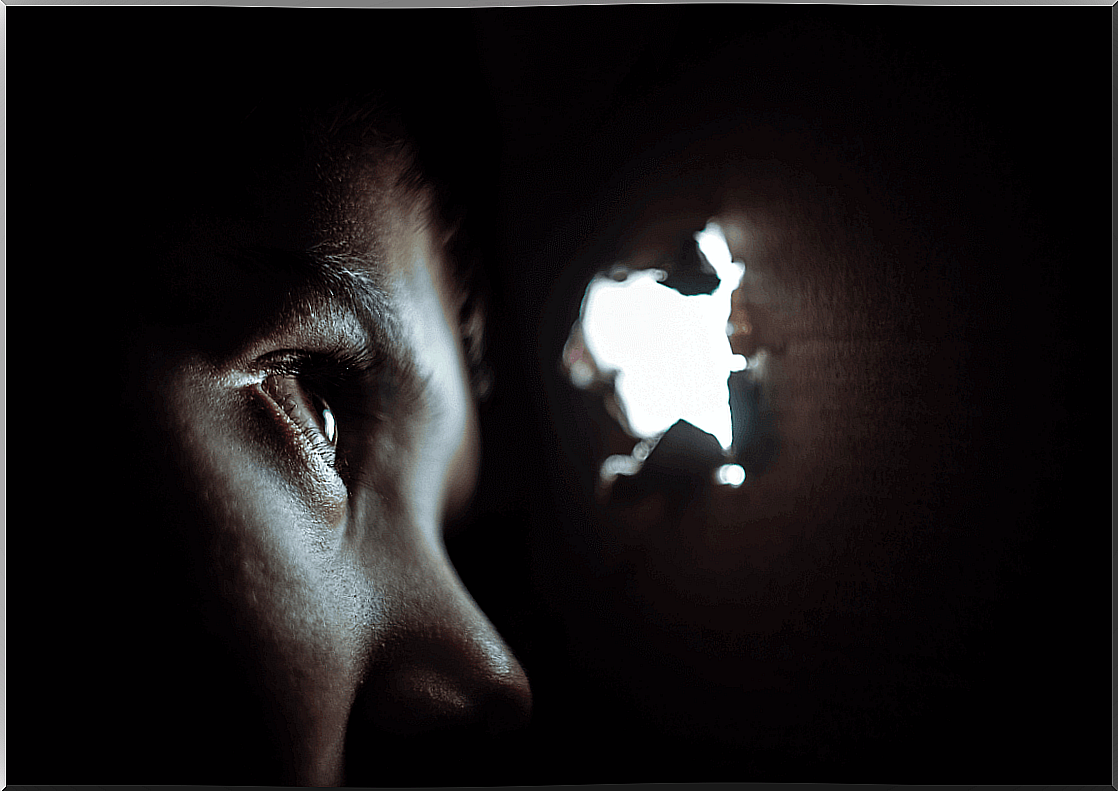
This anxiety is harmful when it is very intense or when the separations do not finish normalizing. In this way, it can become a pathology: separation anxiety disorder. For its diagnosis, the child must manifest at least three of the following symptoms:
- Excessive and recurrent discomfort when a separation from home or from the most attached figures is anticipated or experienced.
- Excessive and persistent worry about the possible loss of the most attached figures or that they may suffer possible harm, such as illness, injury, calamities or death.
- Excessive and persistent worry about the possibility that an adverse event will cause the separation of an attachment figure (such as getting lost, being abducted, having an accident or illness).
- Persistent resistance or refusal to go out, far from home, to school, to work or elsewhere for fear of separation.
- Excessive and persistent fear or resistance to being alone or without the most attached figures at home or elsewhere.
- Persistent resistance or refusal to sleep outside the home or to sleep without being close to a highly attached figure.
- Repeated nightmares on the subject of separation.
- Repeated complaints of physical symptoms (such as headache or stomachache, nausea, and vomiting) when separation from higher attachment figures occurs or is anticipated.
In addition to this, that fear and that avoidance is persistent and lasts four or more weeks. In this way, the daily life of our little ones is altered and deteriorated in all the important areas of functioning, producing great discomfort in those who suffer from it. In this sense, not only children suffer, but also adults who have to witness the suffering of the child every time they leave.
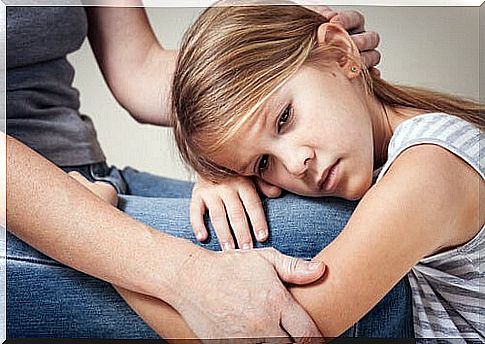
What are the causes of separation anxiety?
The reality is that separation anxiety can cause social isolation, poor school performance, and other psychological and emotional problems. But not only that, it has also been found that it can generate difficulties when it comes to falling asleep, in addition to generating conflicts between different family members. For this reason, it is important to know what factors play a role so that this habituation to separation occurs.
First of all, it is detrimental for children to be constantly with their parents. This does not mean that they do not spend time with the little ones, but rather that periods are introduced in which the child and reference figures are not together. Why?
Because if there have not been moments in which the child has briefly separated from his parents, he will not be used to it and it is likely that he will react disproportionately at times when separation is inevitable. In other words, for the habituation of which we are talking to take place, the little one has to have many and frequent opportunities to get used to it. The normal thing is to start with short absences in time and then lengthen them.
On the other hand, unexpected or traumatic separation situations can condition the child’s anxiety or cause a setback in their emotional development. An example of this type of moment that can have this effect on children is the beginning of schooling, hospitalization or the death of a relative. Finally, there are parents who reinforce the dependency behaviors of their children by incorporating even more anxiety at that moment. We are talking about children, but there are many parents who also suffer from this separation anxiety and pass it on to their children.

This will make the little ones have little autonomy and seek too much contact and parental protection. For all these reasons, it is important that the attachment figures gradually promote the independence of the little ones, being the first to normalize the separations. In this way, we will be doing everything on our part so that our little ones are not prey to anxiety when we temporarily move away from their side.
Images courtesy of Chinh Le Duc, Dmitry Ratushny, and Viktor Jakovlev.
